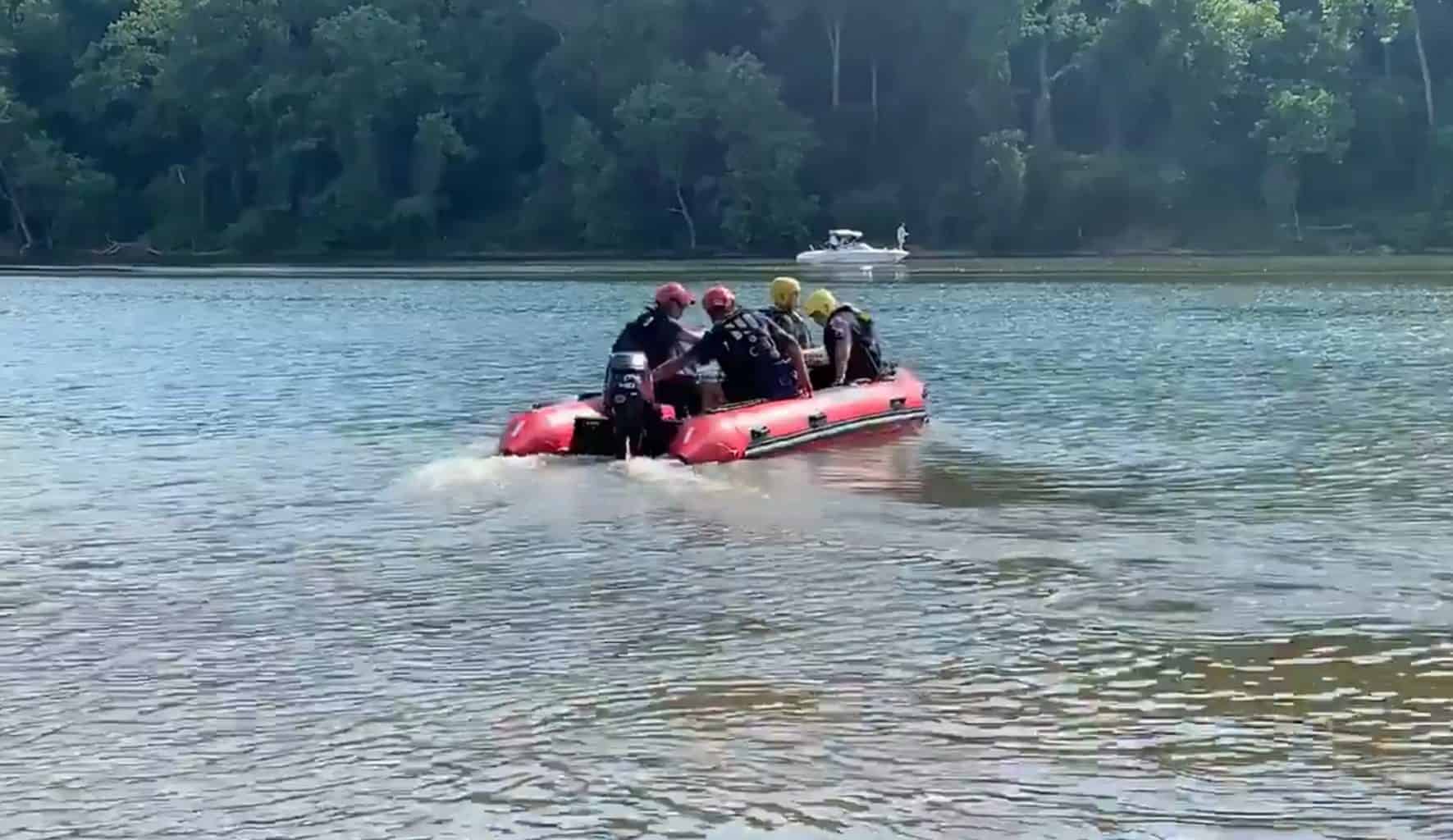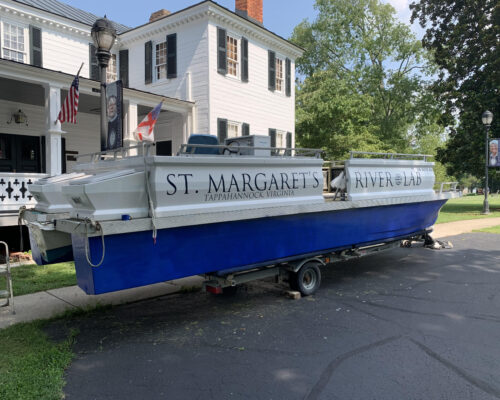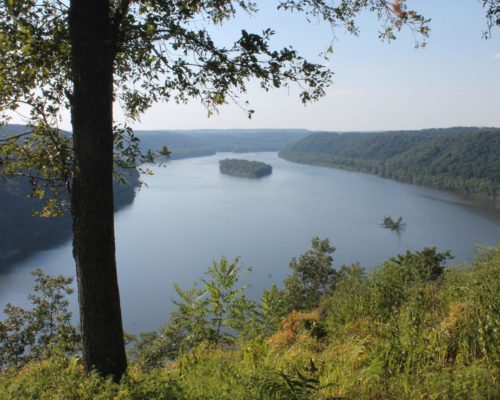Team efforts to restore oyster sanctuaries in Maryland have hit a milestone worth celebrating this year, and celebrate the team did.
At St. Mary’s College of Maryland’s James P. Muldoon River Center on Friday, the U.S. Army Corps of Engineers, the National Oceanic and Atmospheric Administration (NOAA), the Maryland Department of Natural Resources (DNR) met with Oyster Recovery Partnership and other partners to formally announce completion of three Southern Maryland projects. The restoration projects include sanctuaries in the St. Marys, Tred Avon, and Little Choptank Rivers—a total of 548 acres’ worth of oyster reef. These completions come on the heels of the fully restored 350-acre sanctuary on Harris Creek, the agencies’ first big success story.
The group that gathered in St. Mary’s, known as the Maryland Oyster Restoration Interagency team, is responsible for “identifying tributaries for large-scale oyster restoration and developing Oyster Restoration Tributary Plans for each waterway, in consultation with partners and scientists.” Another such team exists for Virginia, to include the Virginia Marine Resources Commission and focusing on the Lafayette, Lynnhaven, Piankantank, Great Wicomico, and Lower York rivers in the Commonwealth.
In all, Maryland has restored 830 acres of oyster sanctuary across four projects. That’s the space of about 600 football fields. The Harris Creek and Little Choptank sites are believed to be the world’s largest manmade oyster reefs, according to the Oyster Recovery Partnership.
In August, Maryland Governor Larry Hogan helped plant the state’s 10 billionth oyster in the Chesapeake Bay.
In each of the restoration projects, DNR producer spat-in-shell baby oysters at the Horn Point Laboratory in Cambridge and partners with Oyster Recovery Partnership to plant the oysters at restoration sites. NOAA maps restorable water bottom using sonar and various ground‐truthing methods. The agency also funds the production and planting of spat-on-shell.
Restoration only happens in pre-existing sanctuaries that are closed to harvest. GPS locators are used to make sure the reefs are built in just the right place.
Then the Army Corps constructs the reefs using two barges: one holding substrate (rock or mixed shell), the other holding a crane with a bucket to haul the heavy substrate and release it into the water.
Once oysters are planted on a reef, they are monitored to check on progress.
U.S. Senators Chris Van Hollen and Ben Cardin (both D-MD) were on hand for the reef milestone celebration, having helped secure continued funding for the projects.
Van Hollen said, “Oyster restoration is a key part of our effort to protect and preserve the Bay. In order to ensure a healthy Bay, we must continue to build on this progress. And a healthy Bay is essential to a healthy economy for the watermen, the tourism industry and boating.”
There’s still one more targeted waterway with a significant amount of restoration work left to go: the Manokin River. So far, only 32 acres have been restored. 441 acres are slated for restoration.
-Meg Walburn Viviano




